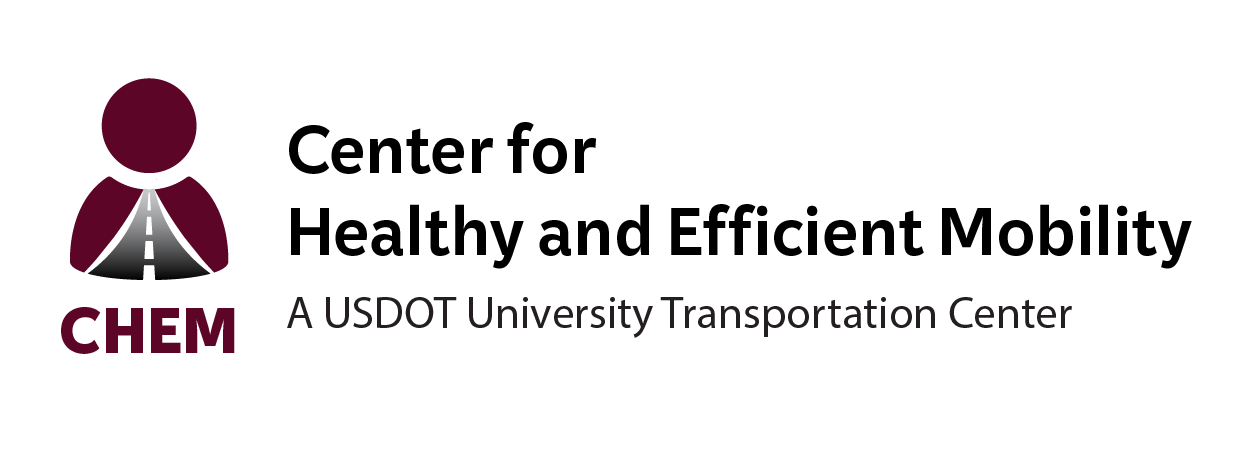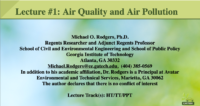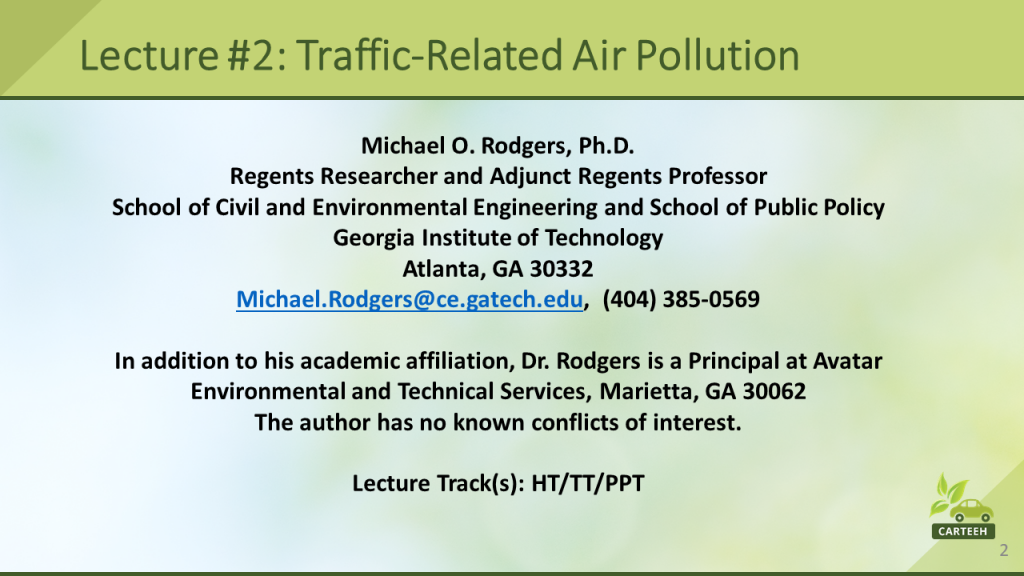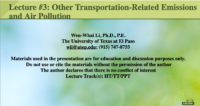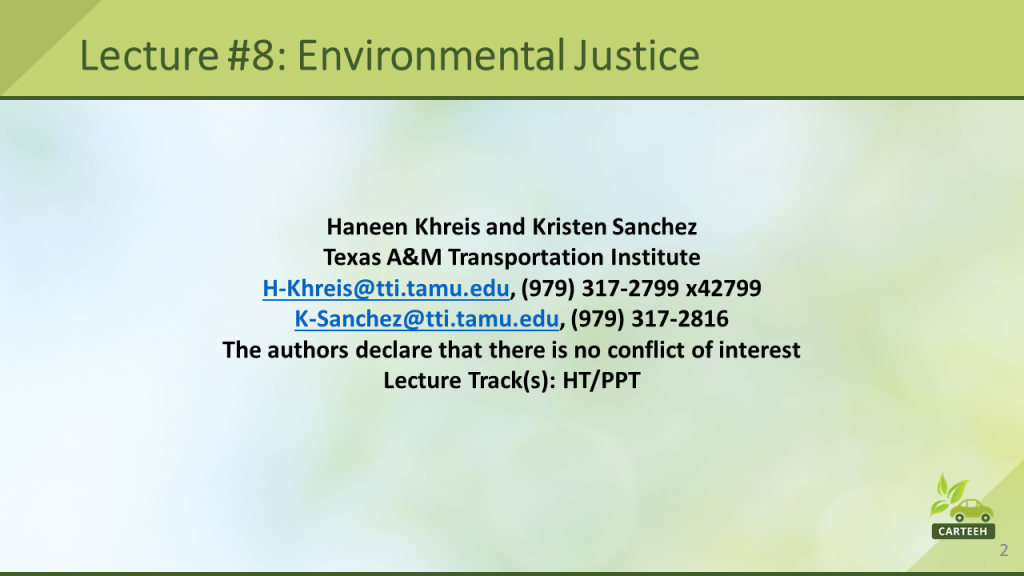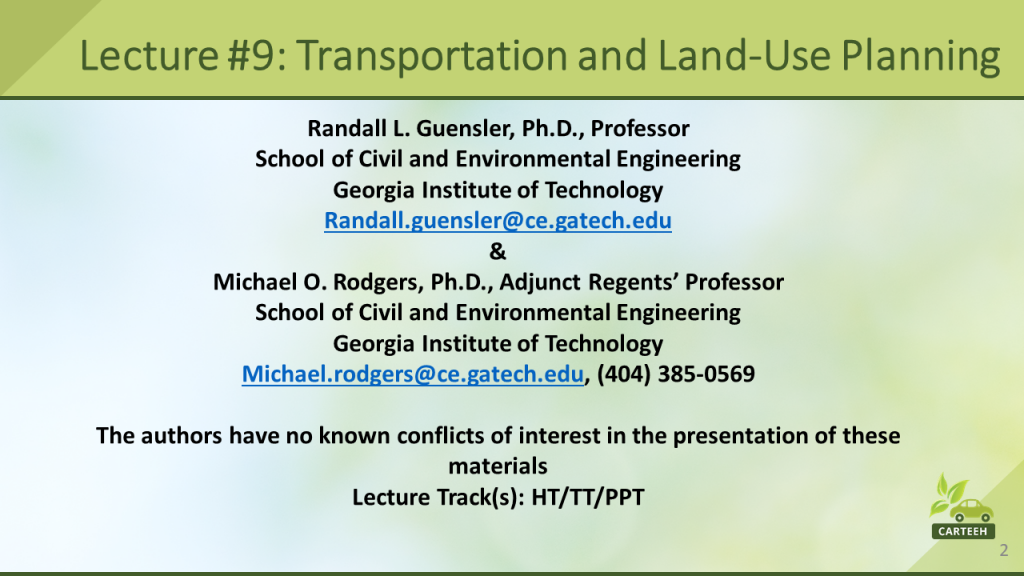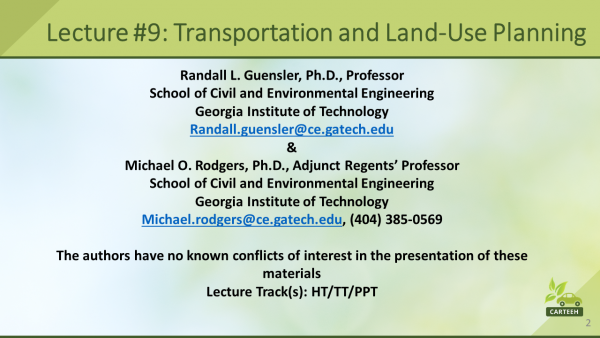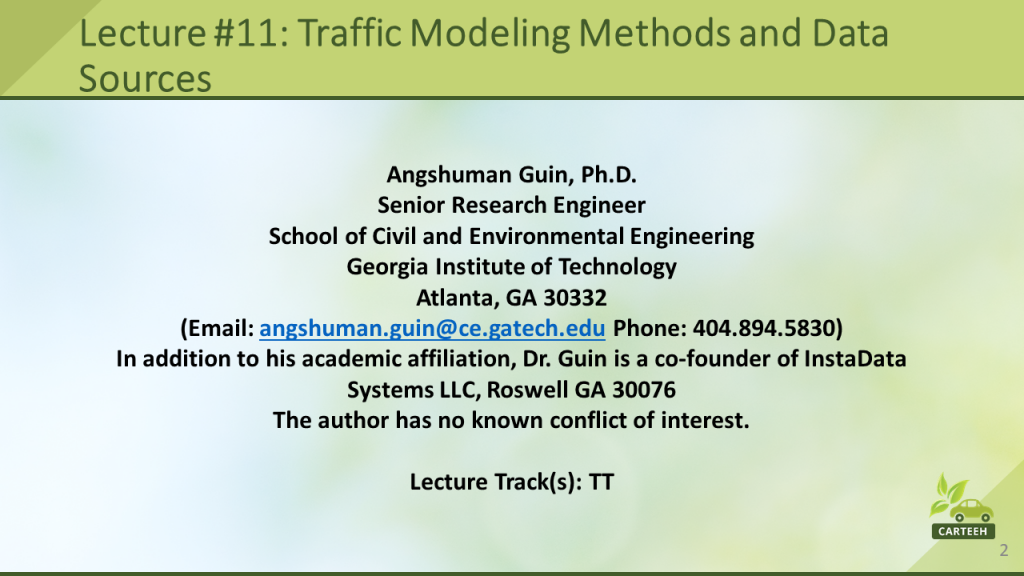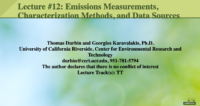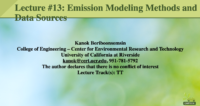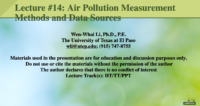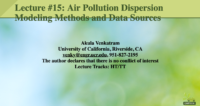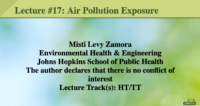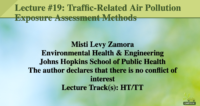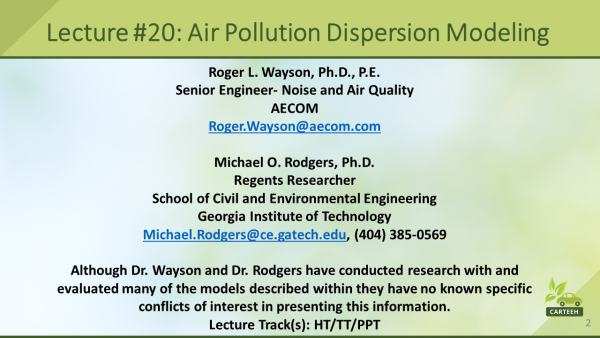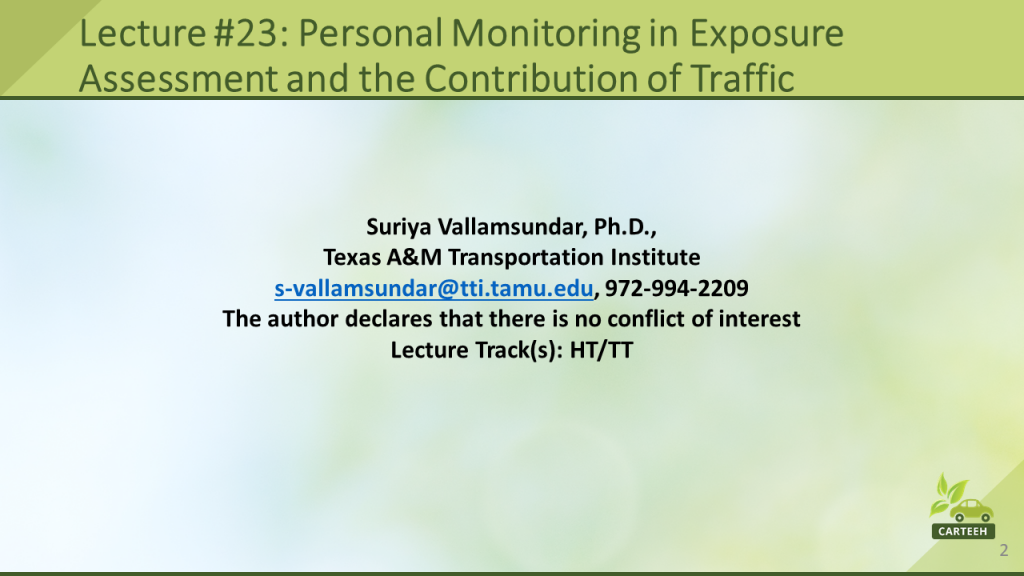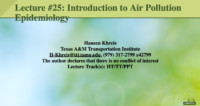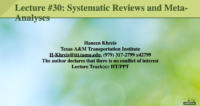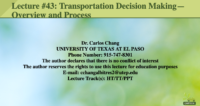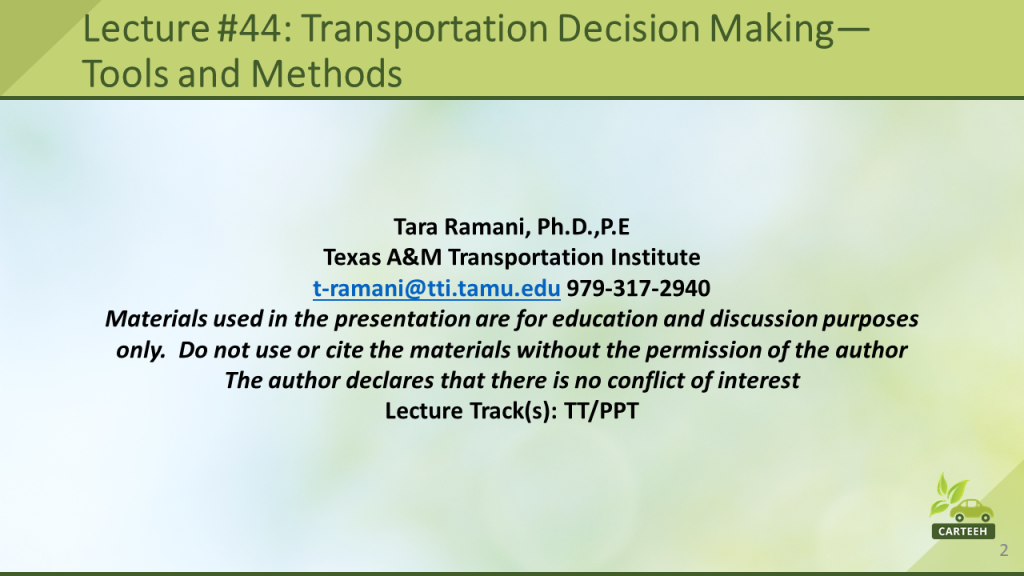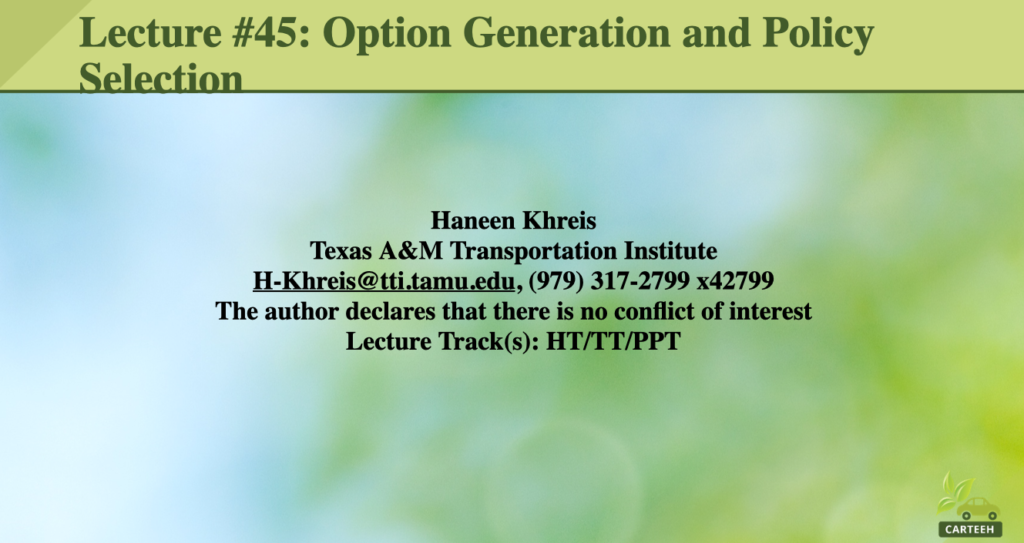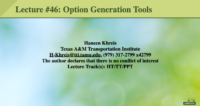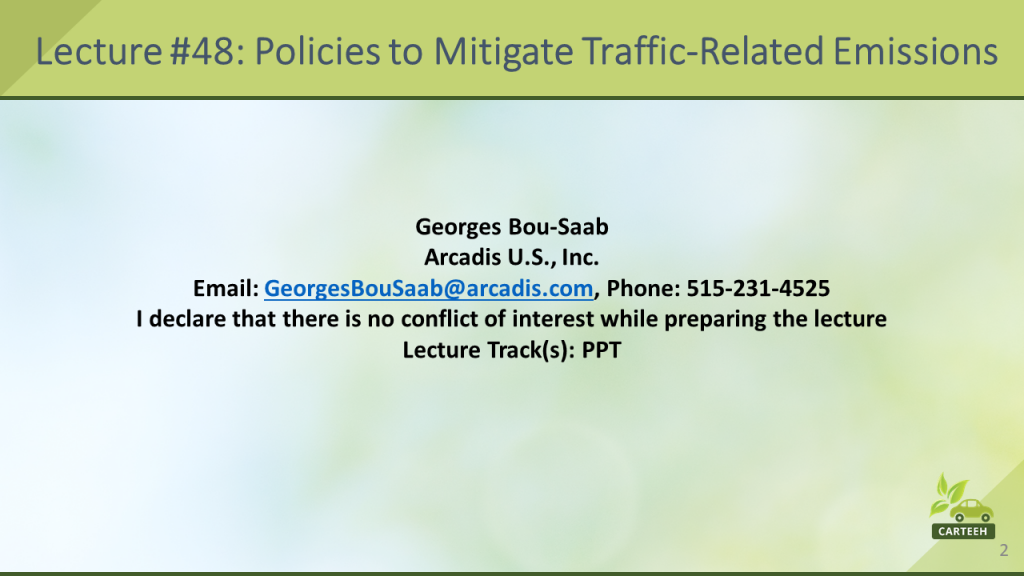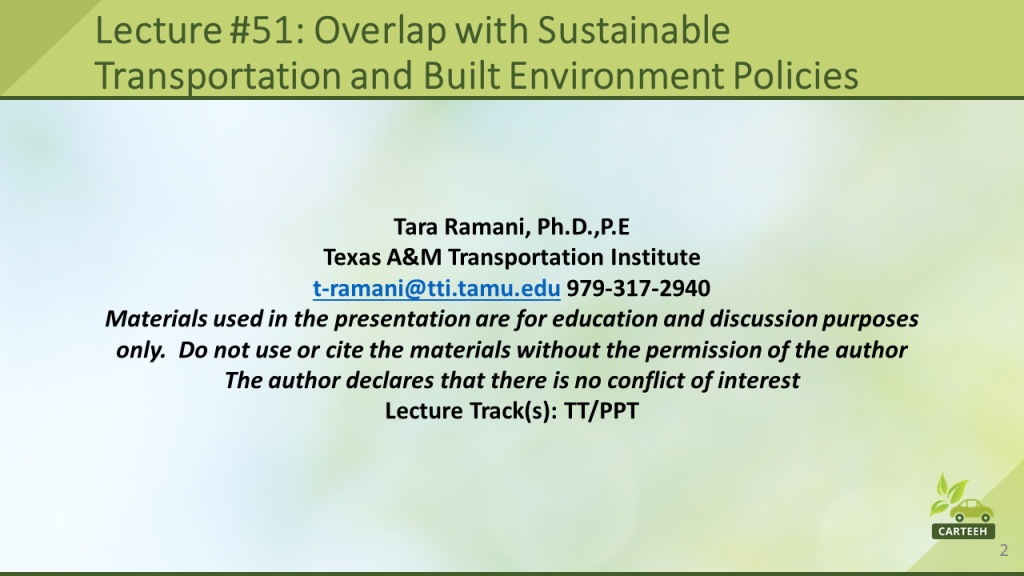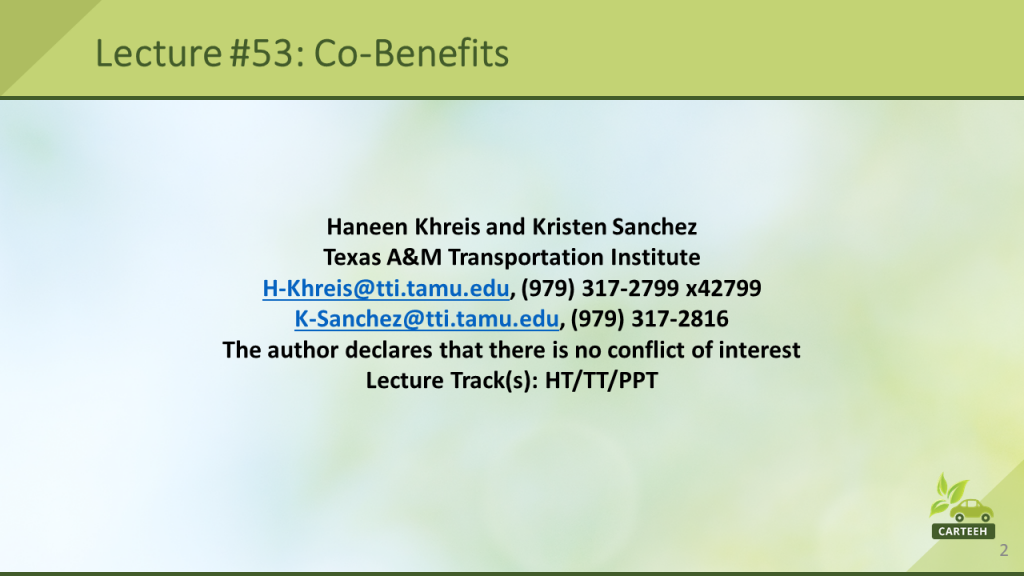Curriculum Presentations:
1
Basics of Air Quality, Emissions Standards, and Environmental Regulations
Download curriculum presentations
2
Monitoring and Modeling of Traffic Related Air Pollution
Introduction to Traffic Monitoring and Modeling
- Transportation and land-use planning
- Traffic measurement methods and data sources
- Traffic modeling methods and data sources
Introduction to Traffic Emissions Monitoring and Modeling
Introduction to Air Pollution Monitoring and Modeling
3
Exposure Assessment of Traffic-Related Air Pollution
Introduction to Air Pollution Exposure Assessment
Air Pollution Exposure Assessment Methods
4
Health Impacts of Traffic-Related Air Pollution
Epidemiological Studies, Designs, and Need for Exposure Indices
Evidence of the Effects of Traffic-Related Air Pollution Exposure on Human Health
- Effects of traffic-related air pollution on human health—well-established evidence
- Effects of traffic-related air pollution on human health—emerging evidence
- Effects of traffic-related air pollution on human health—toxicological and mechanistic evidence
- Sensitive subpopulations (children, the elderly, the ill, and lower socioeconomic classes) and differential health effects in sensitive subpopulations
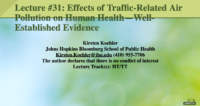
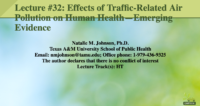
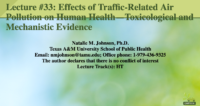

5
Health Impact and Burden of Disease Assessment
- Qualitative health impact assessment
- Quantitative health impact and burden of disease assessment
- Undertaking health impact and burden of disease assessment of traffic-related air pollution—Part 1
- Undertaking health impact and burden of disease assessment of traffic-related air pollution—Part 2
- Reducing the impacts of traffic-related air pollution on health in policy and decision making
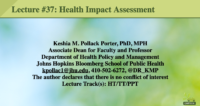
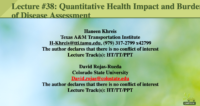
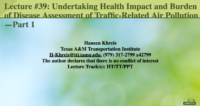
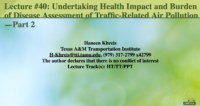
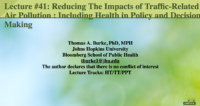
6
Policies, Technologies, and Mitigation Approaches
Policies, Strategies, and Effectiveness
Emerging Technologies, Disruptors, and Market Solutions
- Alternative and emerging technologies — connected and automated vehicles
- Alternative and emerging technologies — shared mobility
- Alternative and emerging technologies — zero and near-zero emission vehicles
- Alternative and emerging fuels
- Implications to environmental justice
- Concluding inspirational talk—How do we make health a priority?
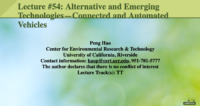
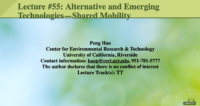

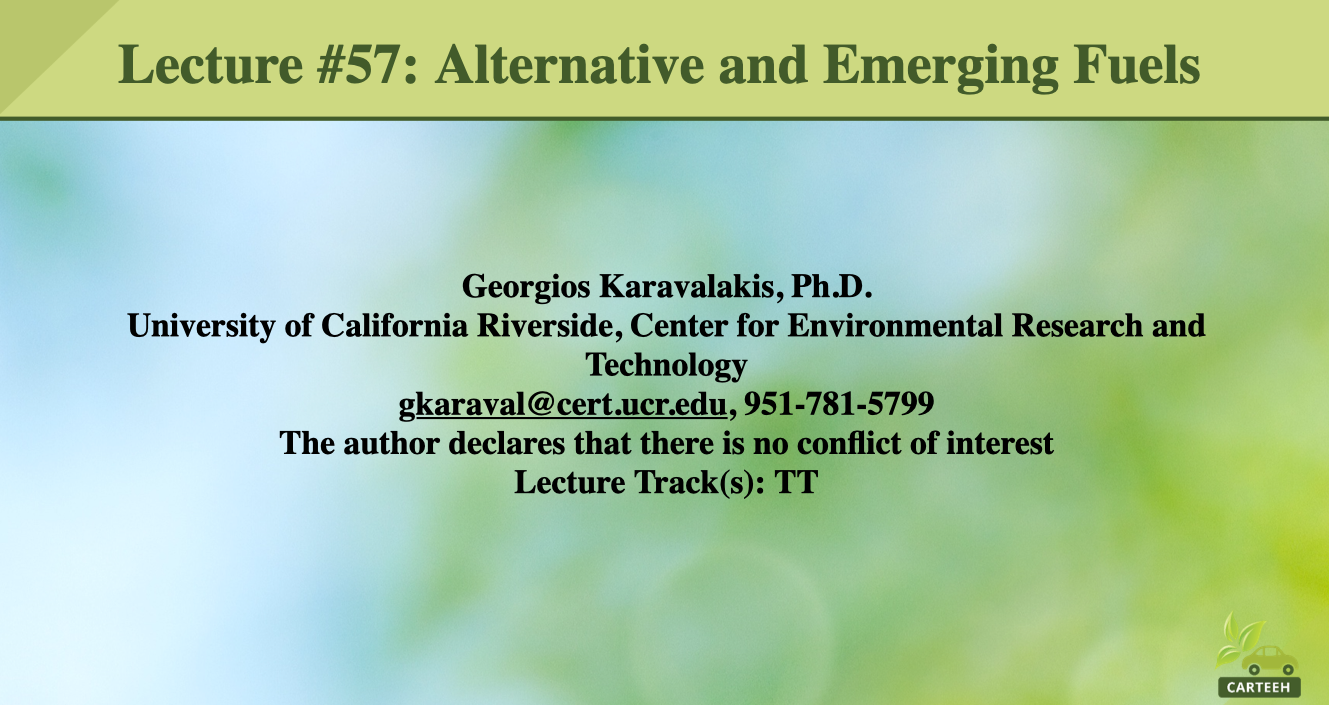
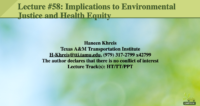
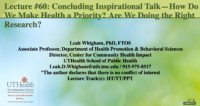
(PI):
Haneen Khreis, Texas A&M Transportation Institute
Project Information:
Phase I Start Date: September 1, 2017
Phase I End Date: November 31, 2019
Status: Completed
Phase II Start Date: November 31, 2019
Phase II End Date: March 31, 2021
Status: Active
Grant Number: 69A3551747128
Source Organization: CARTEEH UTC
Project Number: 608101-00502
CARTEEH Focus Area:
Transportation Systems
Emissions and Energy Estimation
Exposure and Health Impacts
Policy and Decision Making
Data Integration
Sponsor:
Office of the Assistant Secretary for Research and Technology
University Transportation Centers Program
Department of Transportation
Washington, DC 20590 United States
Performing Organization:
Texas A&M Transportation Institute
Texas A&M University System
1111 RELLIS PARKWAY, Bryan, TX 77807
